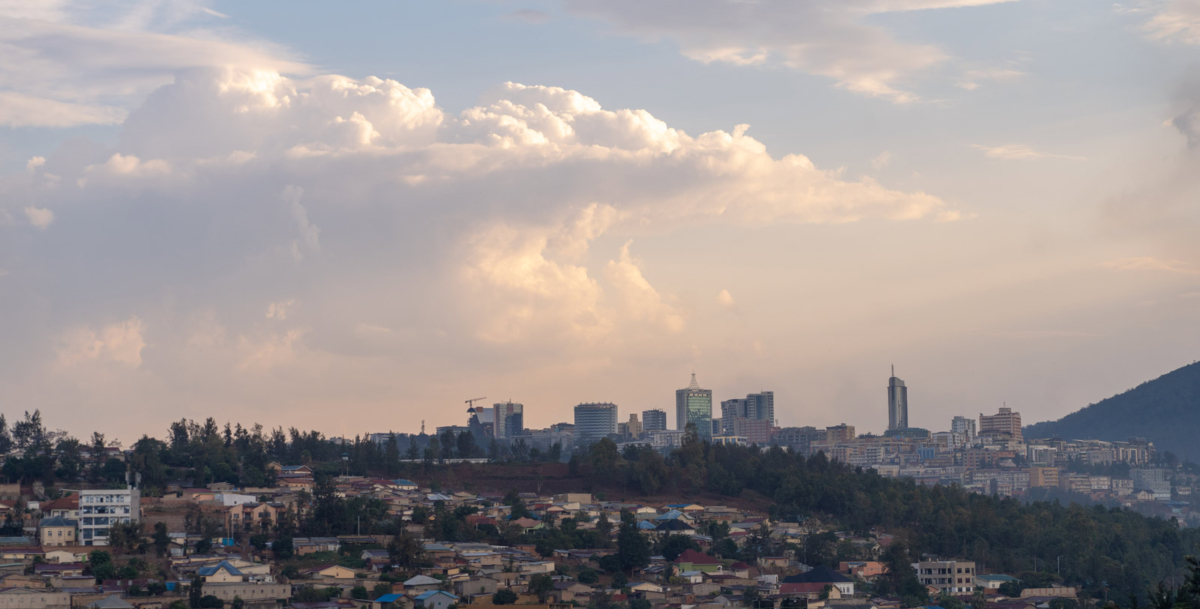Building sustainable cities as a long-term strategy to tackle climate change
Known as the land of a thousand hills, this small country in East Africa with a population of around 12 million people is embarking on the next stage of its development. Green growth will be central to achieving its ambitious development goals.
Rwanda will experience increased population growth and accelerated urbanization over the next thirty years in line with rising population figures throughout the African continent. This growth paired with changes to the climate create pressure on land, water, food and energy resources. This small landlocked country is highly vulnerable to climate change as it is strongly reliant on rain-fed agriculture both for rural livelihoods and its exports of tea and coffee.

Construction and buildings are one of the main contributors to pollution and carbon emissions as well as a driver for deforestation. Therefore, strategic urban planning and people-centered design become key for Rwanda’s future. It is a chance to transform people’s lives and reduce the impact on the environment.
Rwanda has decided to fundamentally change the way cities are built that follows a holistic and integrated approach to green planning. This builds on innovation in future-oriented technologies as well as a reliance on home grown solutions and local construction materials. Using this as a basis, the Green City Kigali is anticipated to become a model for sustainable and affordable urban development in the region.
